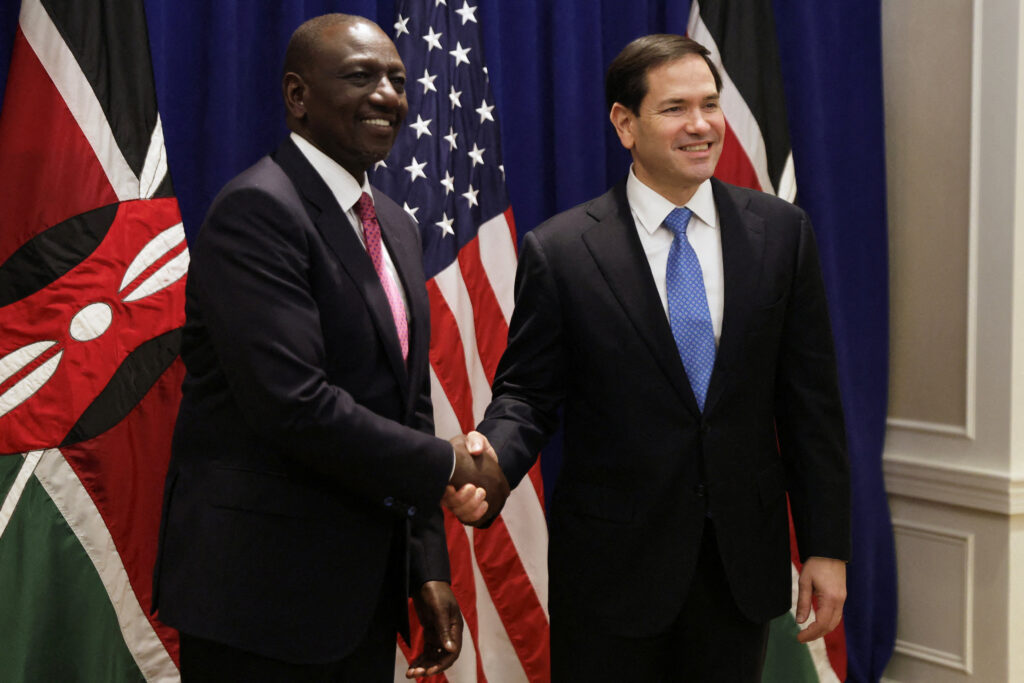
In November, Zambia witnessed a surge in inflation to a 20-month peak, propelled by a significant decline in the kwacha’s value, resulting in escalated costs of imported commodities such as cereals, vehicles, and spare parts.
Statistician-General Mulenga Musepa disclosed that consumer prices rose by 12.9% from the preceding year, marking a climb from October’s 12.6%. This notable inflation rate, the highest since March 2022, was accompanied by a 0.9% cost increase within the month.
The kwacha has suffered a depreciation of over 20% since July due to a scarcity of dollars attributed partly to diminished copper production, a primary foreign exchange generator.
This decline was exacerbated by subdued metal prices and complications arising from debt negotiations. Recent efforts to restructure $3 billion of outstanding notes faced a setback when China and France, among other official creditors, rejected a revised bondholder restructuring proposal.
Despite recent measures taken by the central bank to stabilize the currency, such as a 100-basis-point hike in interest rates to 11% and an increase in reserve-ratio requirements for lenders from 14.5% to 17%, the currency’s downward trend remains largely unaffected.
The persisting depreciation may prompt the central bank to consider further interest rate adjustments in the upcoming year.
Food inflation accelerated to 13.7% in November from the previous month’s 13.6%, while non-food price growth surged to 11.8% from 11.3% in October. The inflation data is typically collected during the initial ten days of each month.




